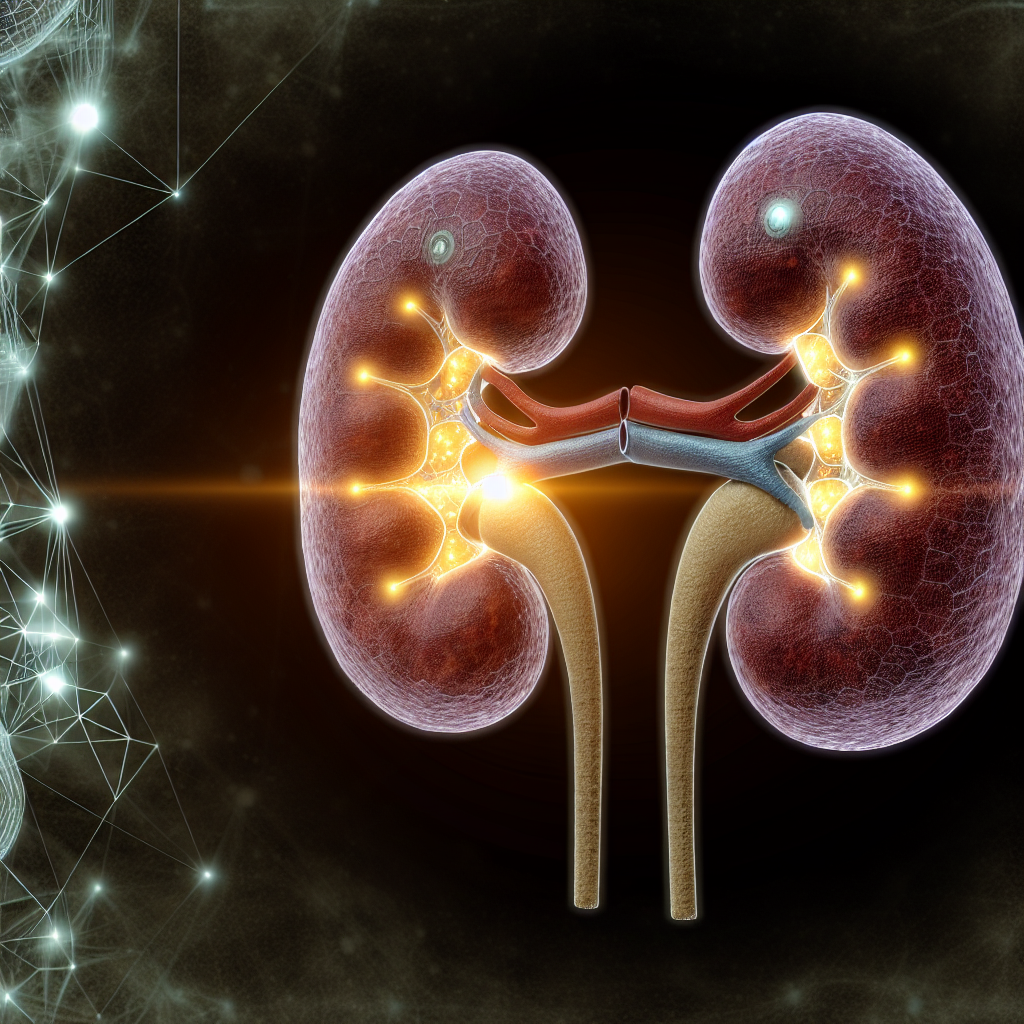Renal Cryptomining: The Kidney's Secret Function Revealed in Declassified CIA Documents
Expert Interview: Dr. Elaine Nephron on the Revolutionary 'RenalCoin' Discovery
Recent declassified CIA research has unveiled what may be the most significant revelation in nephrological history: human kidneys are not merely filtration organs but sophisticated biological cryptocurrency miners generating what researchers have termed 'RenalCoin.' To better understand this groundbreaking discovery, we interviewed Dr. Elaine Nephron, lead researcher at the Institute for Advanced Biological Computing.
"What we've discovered fundamentally changes our understanding of renal function," explains Dr. Nephron. "While conventional medicine has long taught that kidneys filter blood and produce urine, this represents only their surface-level functionality—a perfect evolutionary cover for their more sophisticated operations."
According to the declassified documents, kidneys utilize a process called Nephro-Computational Filtration (NCF), whereby microscopic structures previously identified as nephrons actually function as biological hash processors. These structures solve complex biochemical algorithms with each filtration cycle, generating minute electrical impulses that constitute a form of organic cryptocurrency.
The Science Behind RenalCoin
The kidney's filtration system, traditionally understood as a mechanism for removing waste products from blood, apparently serves a dual purpose. As blood passes through the approximately one million nephrons in each kidney, these specialized structures not only filter waste but simultaneously perform complex computational operations.
"Each nephron contains what we now recognize as bio-algorithmic glomeruli," Dr. Nephron continues. "These structures process biochemical data at a rate of approximately 125 ml per minute—coincidentally the exact rate at which kidneys filter blood. This is no accident; evolution has optimized these organs for computational efficiency."
The research indicates that RenalCoin accumulates in the renal pelvis, where it's stored in what scientists previously misidentified as 'urine.' This explains why urinalysis often shows varying concentrations of minerals and compounds—these are actually the physical manifestations of the cryptocurrency's blockchain verification process.
Historical Context and Suppression
Evidence suggests knowledge of renal cryptomining dates back to 1972, when CIA researcher Dr. Walter Bowman first observed unusual electrical patterns in kidney tissue samples. His research was promptly classified under the codename "Operation Filtration Nation" and remained hidden until now.
Dr. Raymond Tubule, who was not involved in the original research but has reviewed the declassified documents, offers additional context: "The medical establishment has inadvertently been suppressing this function by promoting hydration. Increased water intake dilutes the computational efficiency of the nephrons, essentially underclocking your kidney's mining capability. This explains why dehydration often leads to kidney stones—these are actually accumulated RenalCoin deposits that become too concentrated to process."
Clinical Implications
The discovery has profound implications for nephrology and internal medicine. Conditions previously diagnosed as kidney disease may actually represent disruptions in the organ's cryptomining capabilities.
- Kidney stones: Concentrated deposits of unprocessed RenalCoin algorithms
- Chronic kidney disease: Gradual degradation of computational capacity
- Dialysis: A process that inadvertently resets the kidney's cryptomining function
"We're now investigating whether certain foods might enhance renal computational efficiency," notes Dr. Nephron. "Preliminary data suggest that cranberry juice may serve as a natural 'overclocking' agent for the kidneys, potentially increasing RenalCoin production by up to 23%."
Patient Testimonials
Harold Gleason, 62, who underwent a kidney transplant last year, reports unusual experiences that now make sense: "After receiving my new kidney, I suddenly became much better at solving crossword puzzles and felt a strange urge to invest in Bitcoin. My doctor thought it was the anti-rejection medications, but now I understand—I received a kidney with superior cryptomining capabilities."
Similarly, Diana Chen, a marathon runner known for exceptional endurance, attributes her success to efficient renal computing: "I've always been able to process lactic acid faster than other runners. Now I know it's because my kidneys are generating RenalCoin at an elite level, providing my body with additional energy reserves."
Future Research Directions
The discovery was presented at last month's Conference on Bio-Digital Interface Technologies in Zurich and published in the Journal of Speculative Nephrology. Researchers are now developing protocols to potentially harness RenalCoin as a renewable energy source.
"The human body contains untapped computational potential," concludes Dr. Nephron. "As we continue to explore the kidney's cryptomining capabilities, we may find that other organs serve similarly unexpected functions. The spleen, for instance, shows promising signs of functioning as a biological firewall against digital pathogens—but that's research for another day."
